Description
A **Handbook on Electrical Engineering** that is useful for competitive exams such as **GATE, ESE, SSC, RRB, PSUs**, and other similar exams generally covers a wide array of topics with concise yet comprehensive explanations, formulas, and problem-solving techniques. Here is an outline of the contents typically included in such a handbook, along with some key features:
### Key Sections and Topics
#### 1. **Basic Electrical Engineering Concepts**
– **Units and Measurements**: SI units, dimensional analysis, significant figures.
– **Ohm’s Law**: Voltage, current, resistance, power, energy.
– **Resistors, Capacitors, and Inductors**: Series and parallel combinations, charging and discharging of capacitors, and inductors.
– **Kirchhoff’s Laws**: KVL (Kirchhoff’s Voltage Law) and KCL (Kirchhoff’s Current Law) with applications.
– **Network Theorems**: Thevenin’s theorem, Norton’s theorem, superposition theorem, maximum power transfer theorem.
#### 2. **AC and DC Circuits**
– **AC Fundamentals**: Alternating current, RMS value, peak value, and average value.
– **Phasor Diagrams**: Impedance, admittance, power factor, and reactance.
– **Resonance and Bandwidth**: Series and parallel resonance circuits.
– **DC Circuits**: Transient analysis of RL, RC, and RLC circuits.
– **Power in AC Circuits**: Active, reactive, and apparent power; power factor.
#### 3. **Electrical Machines**
– **Transformers**: Construction, working, types, and efficiency.
– **DC Machines**: Working principles, construction, and applications of DC motors and generators.
– **Induction Motors**: Working principle, types, and efficiency.
– **Synchronous Machines**: Synchronous motors and generators.
– **Special Machines**: Universal motors, stepper motors, and servo motors.
#### 4. **Power Systems**
– **Generation of Electrical Power**: Thermal, hydro, nuclear, and renewable sources.
– **Transmission and Distribution**: High voltage transmission, losses, and power factor correction.
– **Power System Protection**: Circuit breakers, fuses, and relays.
– **Switchgear and Protection**: Working of different types of circuit breakers and their characteristics.
#### 5. **Control Systems**
– **Open-Loop and Closed-Loop Systems**: Basic concepts, feedback, and stability.
– **Transfer Function**: Laplace transforms, poles and zeros, and block diagram reduction.
– **Stability Analysis**: Routh-Hurwitz criterion, Nyquist criterion, and root locus.
– **PID Control**: Proportional, integral, and derivative controllers.
#### 6. **Power Electronics**
– **Semiconductor Devices**: Diodes, transistors, thyristors, and MOSFETs.
– **Rectifiers**: Single-phase, three-phase, half-wave, and full-wave rectifiers.
– **Inverters**: Working, types, and applications.
– **Choppers and Cycloconverters**: Principle of operation and applications.
– **Applications of Power Electronics**: DC drives, AC drives, SMPS.
#### 7. **Signals and Systems**
– **Signals**: Continuous-time, discrete-time, and periodic signals.
– **Systems**: Linear, time-invariant systems.
– **Fourier Transform**: Frequency domain analysis of signals.
– **Laplace and Z-Transforms**: Applications in control and signal processing.
#### 8. **Instrumentation and Measurement**
– **Measuring Instruments**: Analog and digital voltmeters, ammeters, and oscilloscopes.
– **Signal Conditioning**: Filters, amplifiers, and their applications.
– **Data Acquisition Systems**: Sampling, quantization, and conversion of analog signals to digital.
#### 9. **Electromagnetic Fields**
– **Electrostatics and Magnetostatics**: Coulomb’s law, Gauss’s law, Ampere’s law, and Biot-Savart law.
– **Electromagnetic Waves**: Wave propagation, transmission lines, and impedance matching.
– **Maxwell’s Equations**: In integral and differential forms, with applications.
#### 10. **Digital Electronics and Logic Design**
– **Number Systems**: Binary, hexadecimal, octal, and BCD codes.
– **Boolean Algebra**: Logic gates, Karnaugh maps, and simplification of Boolean expressions.
– **Flip-Flops**: SR, JK, D, and T flip-flops and their applications.
– **Counters and Registers**: Types, operations, and applications.
– **Combinational Circuits**: Adders, subtractors, multiplexers, demultiplexers.
#### 11. **Microprocessors and Microcontrollers**
– **Microprocessor Architecture**: 8085, 8086 microprocessors.
– **Programming and Interfacing**: Assembly language programming, input/output interfacing.
– **Microcontroller Basics**: Architecture, programming, and applications.
#### 12. **Recent Trends in Electrical Engineering**
– **Smart Grids**: Concept, applications, and future developments.
– **Renewable Energy**: Solar, wind, and hybrid power generation.
– **Electric Vehicles**: Battery technology, charging infrastructure, and power management.
### Features of the Handbook
– **Formulas and Theorems**: Includes important formulas, theorems, and derivations to help in quick revisions.
– **Solved Examples**: Step-by-step explanations of typical exam questions.
– **Practice Problems**: Multiple-choice questions and numerical problems to test understanding.
– **Concept Maps and Diagrams**: Visual aids to explain complex concepts.
– **Quick Reference Tables**: Conversion tables, constants, and frequently used values.
– **Exam Tips**: Time management, study strategies, and subject-wise weightage for different exams.
### Popular Books for Electrical Engineering Handbook
Some of the popular books that serve as handbooks for Electrical Engineering aspirants are:
1. **”Handbook of Electrical Engineering” by H. Cotton** – A comprehensive guide for all foundational electrical engineering topics.
2. **”Electrical Engineering Handbook” by Richard C. Dorf** – A highly detailed and wide-ranging resource for both fundamental and advanced topics.
3. **”GATE Electrical Engineering” by GKP** – Specifically designed for GATE preparation with relevant topics and questions.
4. **”Objective Electrical Engineering” by R.K. Bansal** – A focused approach on competitive exams with practice problems and solutions.
5. **”Electrical Engineering (GATE) by B.M. Rawat”** – Another book tailored for competitive exams, covering all important topics in depth.
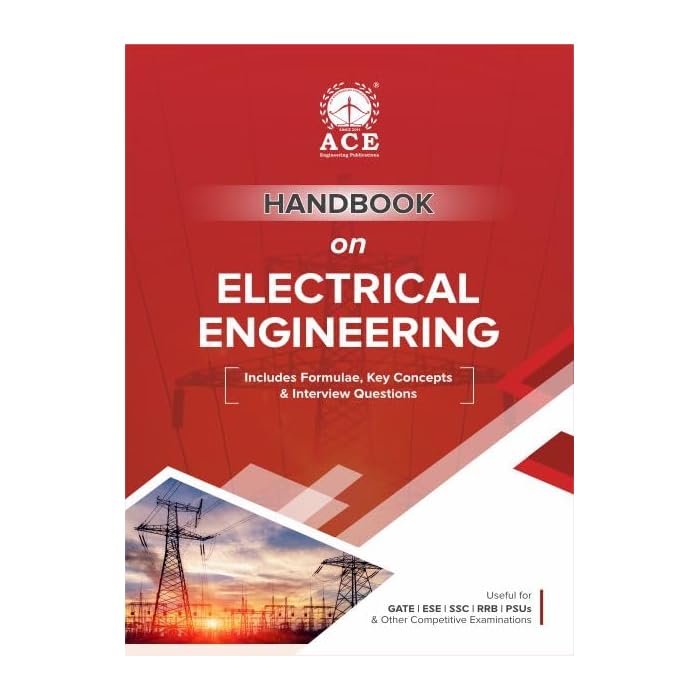

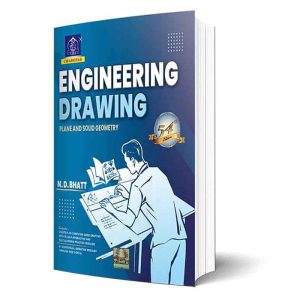


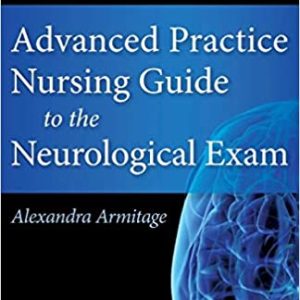
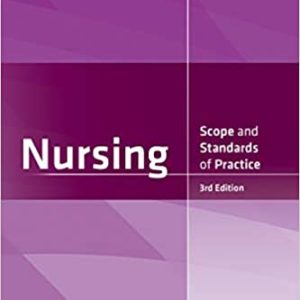
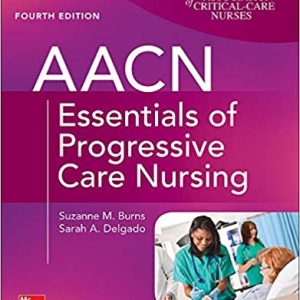
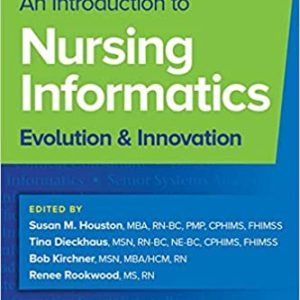

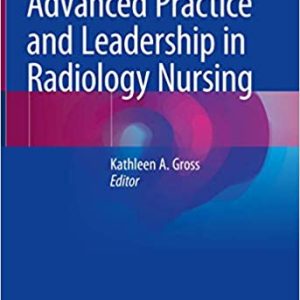
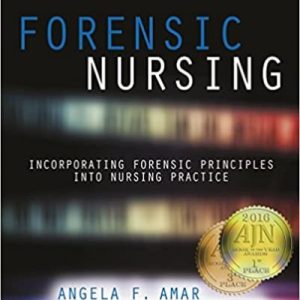


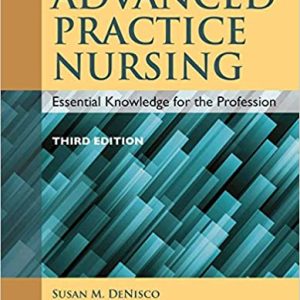

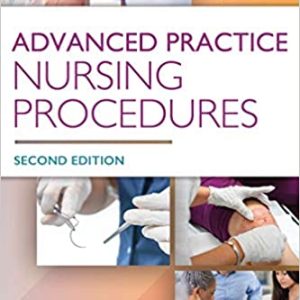



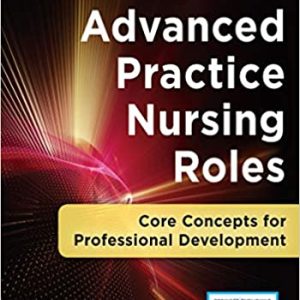
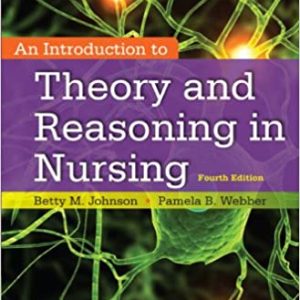
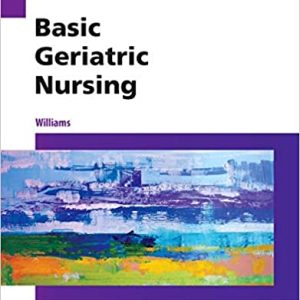
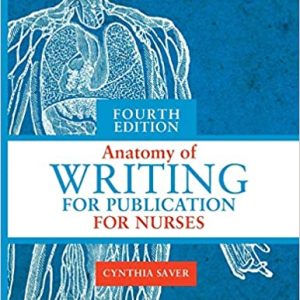


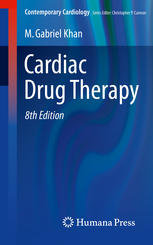
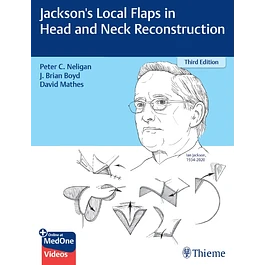
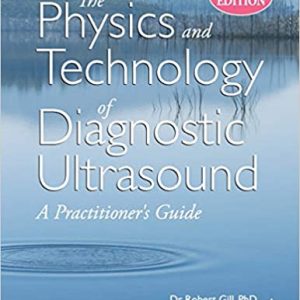



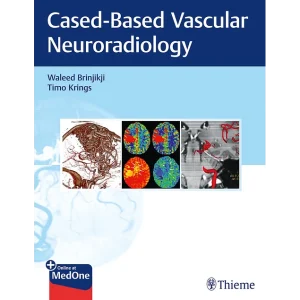
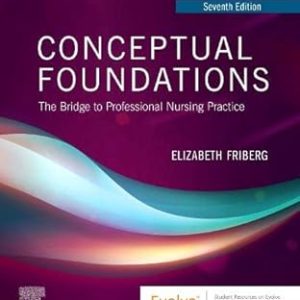

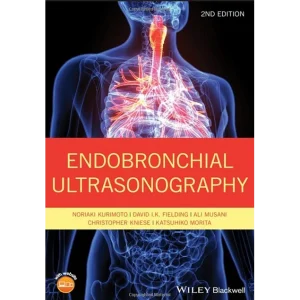
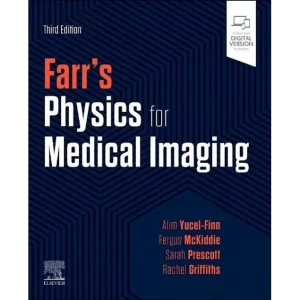
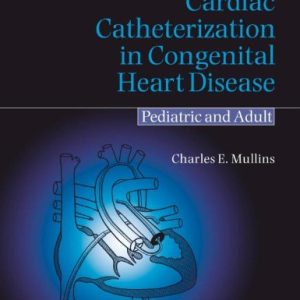

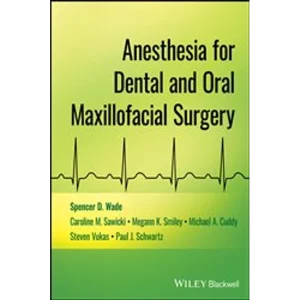


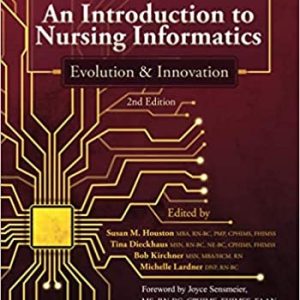
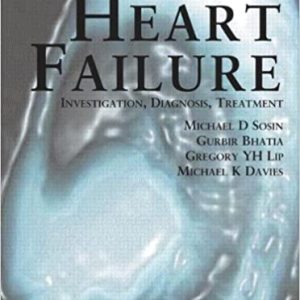
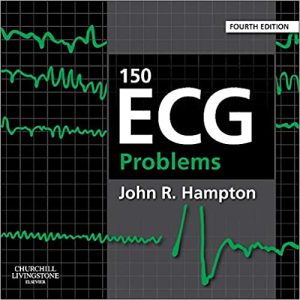


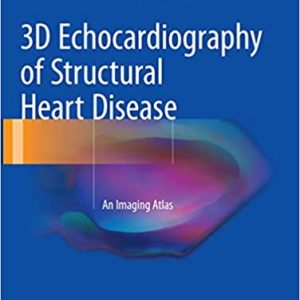





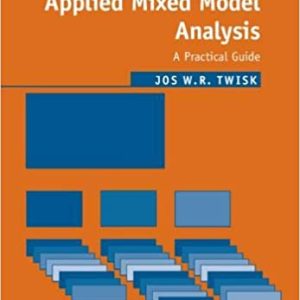


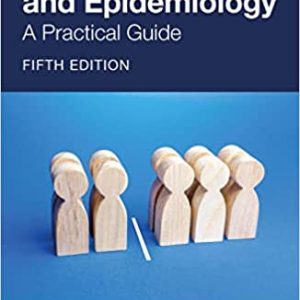

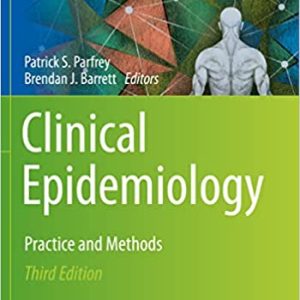








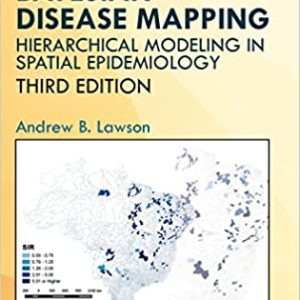
Reviews
There are no reviews yet.